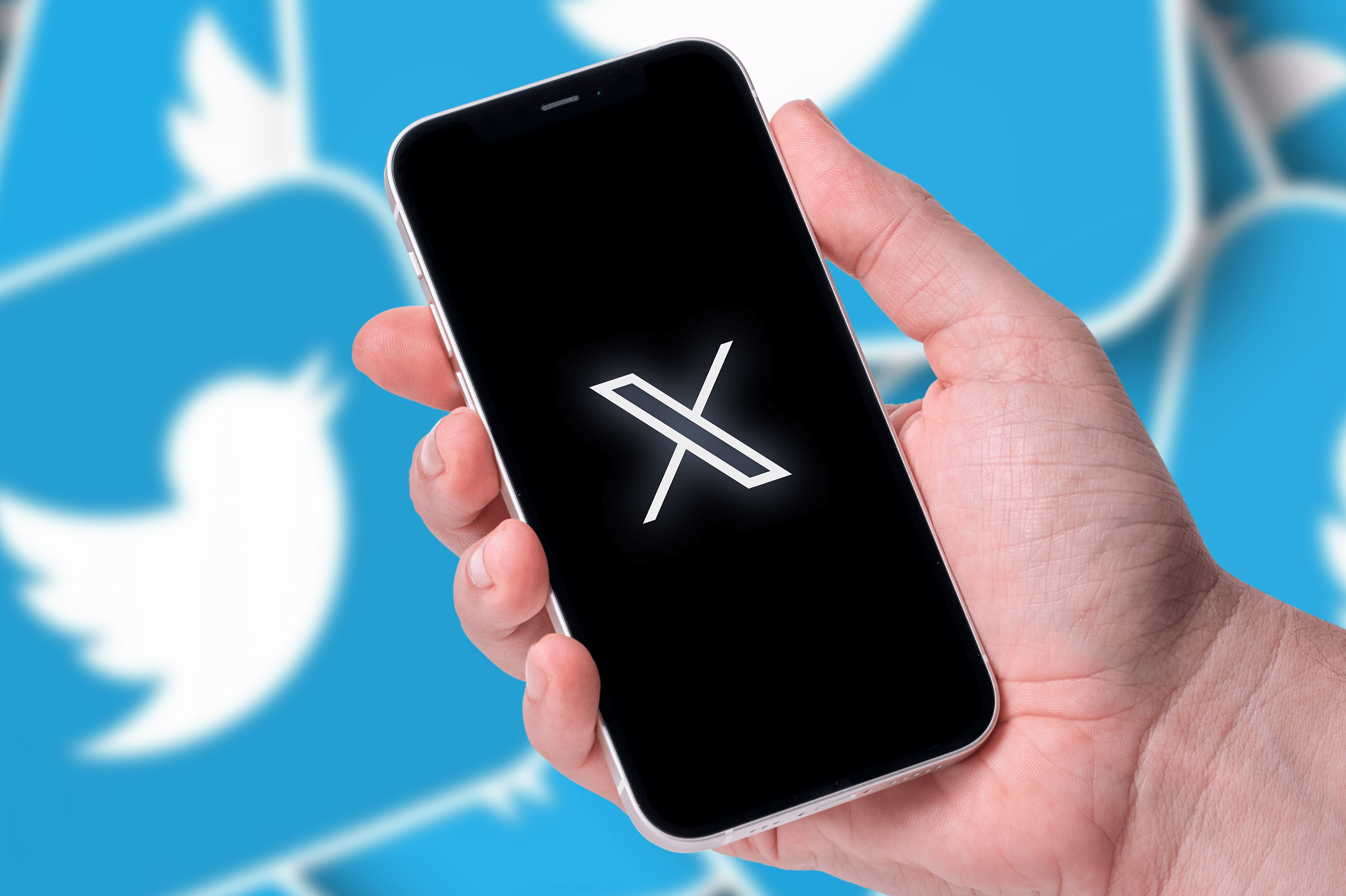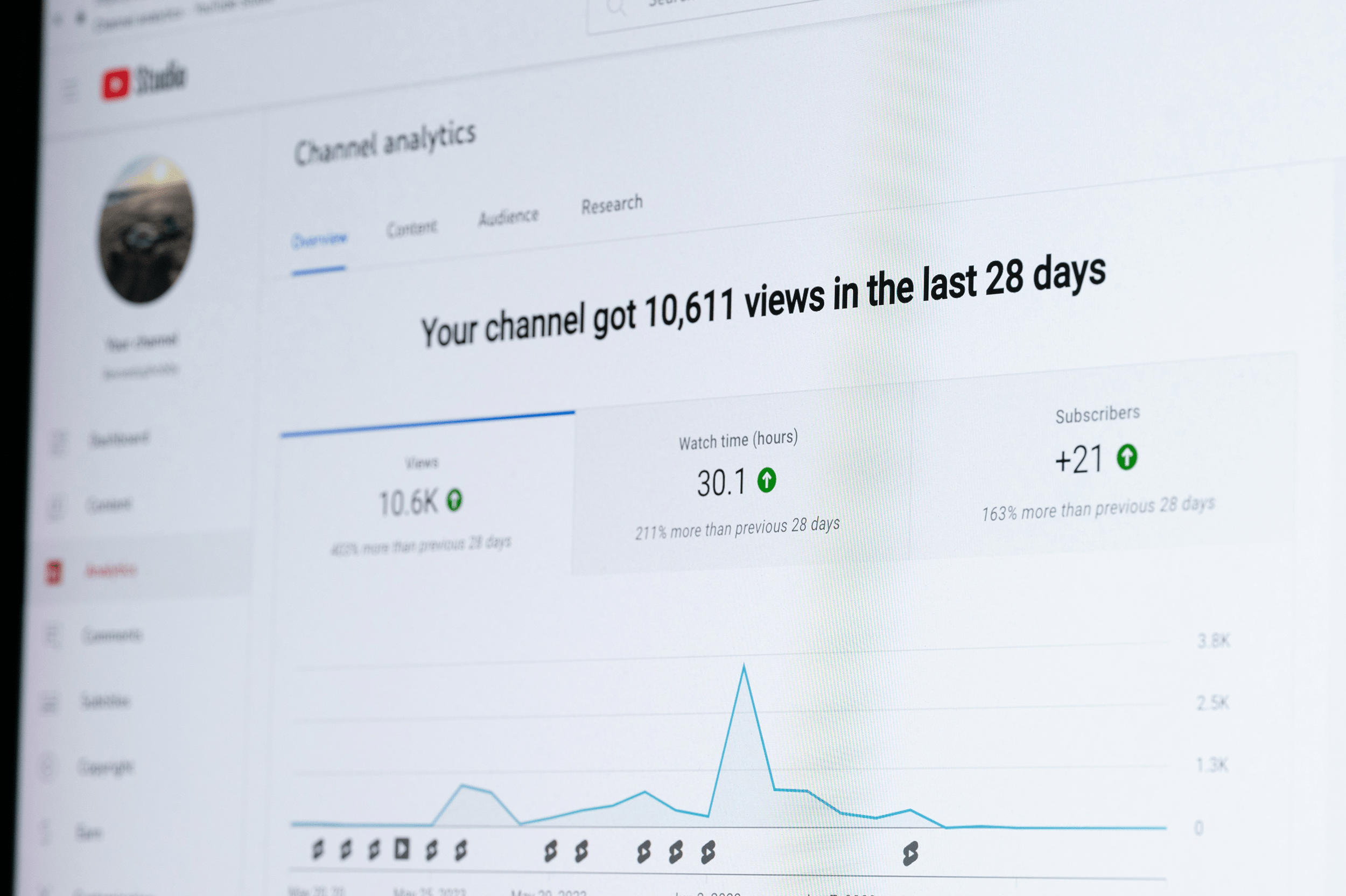Whether you’re a social rookie or a social expert, you should know that social media isn’t something you can set and walk away from: It takes constant effort, constant love, and constant tending.
But, insights can help. Following your social media metrics can give you a better understanding not only of how well you’re doing on social, but of what your audience really wants.
And with this in mind, there is no one-rule-fits-all because no two audiences are the same. Your metrics, your goals, and your results will vary.
Quick question: What are social media metrics?
Social media metrics are essentially analytics for your social sites: insights into your social performance. Metrics depend on the social network – each offers its own metrics, so you’re locked into what and how they offer them – but there are plenty of similarities that unite the different sites.
Where to track social media metrics
Each social network offers its own metrics tracking. To follow your performance on a given network, a quick google can do the trick. But, since we’re all about being helpful, here’s where to find analytics for some of the most popular social media networks:
In addition to using a network’s own metrics tracking, you can also track your progress via free social media management tools. Each tool has its own strengths and weaknesses, as well as abilities and limitations, so be sure to search out the one that best fits your needs.
Okay, so now that you know where to find your metrics, here’s what you’ll want to track:
Social metric #1: Likes/followers
First things first: When it comes to likes and followers, sheer numbers aren’t as important as social media would like us to think. After all, you can buy likes and followers. (Even more importantly, social sites are cracking down on purchased likes and followers.)
That said, you should still track your likes and followers, across social sites. Take note of your follower trends – are you trending up, staying stagnant, or losing twitter or Facebook followers? – and keep an eye on your unlikes, organic likes/follows (not as a result of an ad), and paid likes (as a result of an ad).
These follower metrics will give you greater insight into the efficacy of your social efforts. For example, if your followers trend upward over time, you have an increasing number of organic followers, and your ads are resulting in new followers, then you’re probably sitting pretty.
Social metric #2: Post volume
Post volume is one of those magical alchemies – not too much, not too little. Unfortunately, this also means that there’s no one magic number: Your “perfect” post volume will depend on your industry, your following, and your content. This number is somewhat of a moving target, too, which means that it’ll change throughout the years and seasons. Check in and revise often.
Social metric #3: Impressions
We’ll get to the more-important metric in a moment, but let’s start with post impressions: the total number of eyes on your posts. Note that if Person A sees a post three times and Person B sees a post two times, you’ll net five impressions (even though they correspond to only two individuals).
Social metric #4: Reach
Remember how we mentioned that “more-important metric?” Well, here we are: post reach! This number corresponds to the total number of people who have seen your posts. So, in the example above, if only Person A and Person B have seen your post, then your reach is two. This metric is more illustrative, as it gives you a better idea of who’s really seeing your posts.
Social metric #5: Engagement
Even more importantly, engagement demonstrates the percentage of people who engaged with your posts through likes, comments, shares, clicks, and other interactions.
Social metric #6: Conversions
Your conversion rates track the number of visitors who take a desired action. Your conversion goals will vary, depending on topic and content, but may include likes/follows, page clicks, newsletter subscribes, email sign-ups, and downloads.
Bottom line: The higher your conversions, more relevant your content and the better your content-to-goal relationship. In other words, you delivered what you said you would.
How to improve your social media metrics

The very first step in improving your social performance (and, thus, your analytics) is to get a handle on your social metrics.
So, step #1: Start tracking your metrics! That’s right – the first step here is literally to get started with your various social analytics or social management tools. Then, let the results aggregate for a while because you need base analytics, before you can begin to actually analyze and understand what those analytics mean.
Now, it’s time to start experimenting. Again, there is no magic number for any one analytic: It depends on your industry, your brand, your audience, and other factors. So, for example, start to experiment with post volume– at one posts, two posts, or three posts a day, where do you see the most engagement?
Other metrics are more formulaic and require less experimentation. For example, we mentioned that conversions are directly related to your content-to-goal promise. With that in mind, be sure that your conversion goal is always closely related to your post: A social post that summarizes a recent blog post should link to that blog post; it shouldn’t ask followers to sign up for your newsletter. (Unless there’s a tight link between the two. And speaking of blog posts, if you’re short on ideas, visit our list of 50 smart, repeatable blog post ideas that work.)
And there you have it: How to get started tracking your social media metrics, what metrics to track, and how to improve your metrics. But remember, the very first step is simply to get started. Ready to make those metrics even better? Install our Twitter Share Button to make it easy for readers to share your content with their network – it takes just minutes to install, making it easy to start boosting your visibility on Twitter today! So, what are you waiting for?




